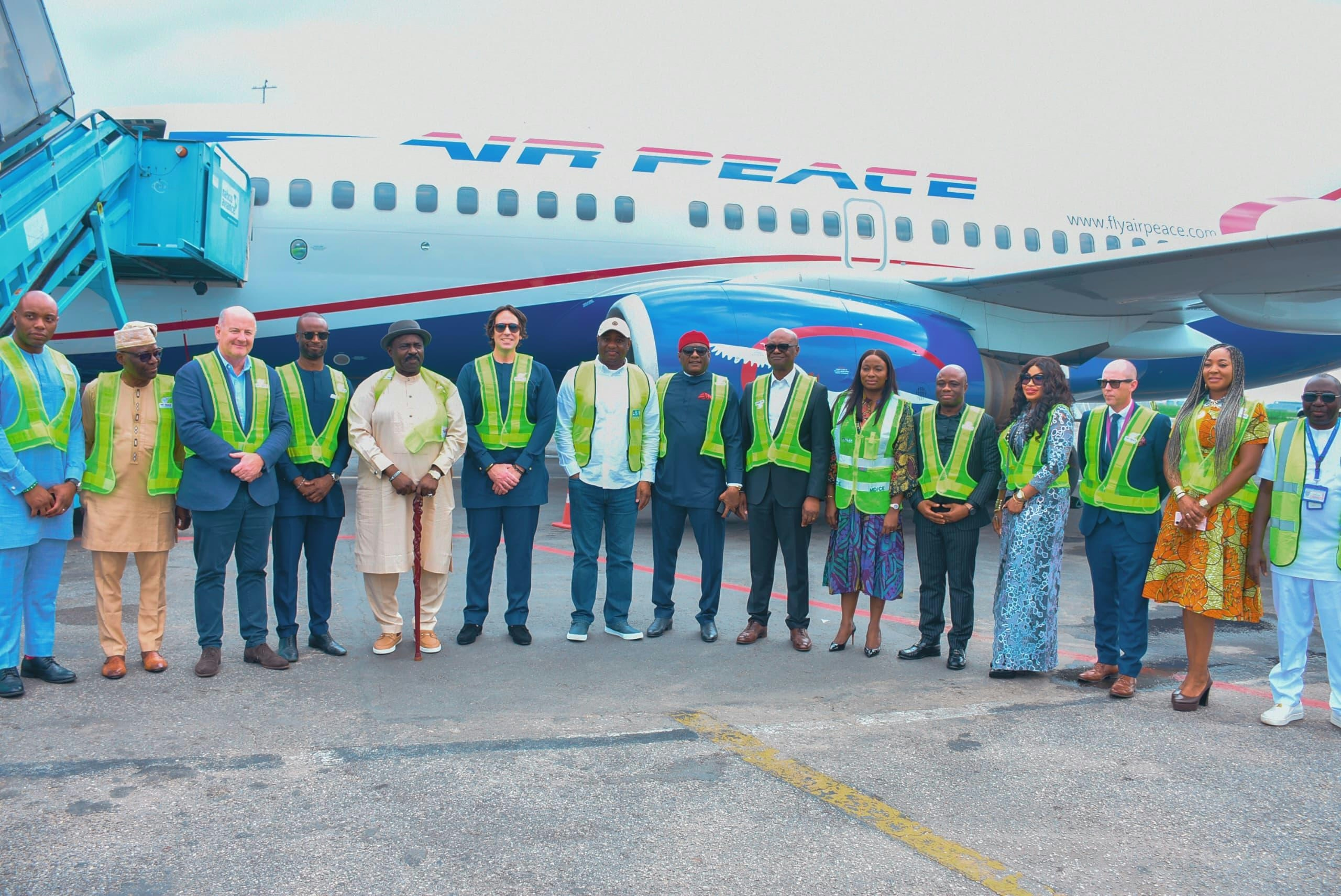
AeroGenie — Your Intelligent Copilot.
Trending
Categories
Aircraft Engine Casting Market Projected to Reach $13.7 Billion by 2032

Aircraft Engine Casting Market Projected to Reach $13.7 Billion by 2032
The global aircraft engine casting market is anticipated to expand from an estimated value of US$ 9.8 billion in 2024 to US$ 13.7 billion by 2032. This growth reflects a compound annual growth rate (CAGR) of 3.8% between 2025 and 2032, with cumulative sales opportunities projected to reach approximately US$ 101.24 billion over the forecast period, according to a recent analysis by Stratview Research.
Stratview Research’s comprehensive report provides an in-depth examination of current and emerging trends, segment performance, and the competitive landscape across both global and regional markets. The study encompasses eight key market segments and offers detailed country-level assessments for 20 nations.
Market Drivers and Leading Segments
The commercial aircraft segment continues to dominate the market, driven by strong passenger demand and the necessity for frequent maintenance. The widespread use of large turbofan engines, such as those installed on the Airbus A320neo and Boeing 787 Dreamliner, sustains consistent demand for precision-cast components. The introduction of new aircraft models, including the COMAC C919 equipped with CFM International’s LEAP engines and the Boeing 777X featuring GE’s advanced GE9X turbofan, is expected to further stimulate demand for high-performance cast parts.
Military aircraft constitute the second-largest segment, with escalating geopolitical tensions and increased defense expenditures—particularly in Europe and the Middle East—fueling demand for advanced fighter jets and their associated engine components.
By engine type, turbofan engines lead the market due to their extensive application across commercial, military, regional, and business jets. These engines require a substantial number of precision-cast parts, especially in turbine and combustor sections, where components must endure extreme temperatures and mechanical stresses.
Additional leading categories identified in the report include turbine applications, airfoil components, investment casting processes, nickel-based materials, original equipment (OE) end-users, and the North American region as a key market.
Market Challenges and Industry Response
Despite promising growth prospects, the aircraft engine casting market faces several challenges. Supply chain disruptions, intensified by recent global events, threaten timely production and delivery schedules. Stringent regulatory requirements impose ongoing compliance demands, increasing operational complexity. Furthermore, rapid technological advancements in materials and manufacturing processes necessitate significant investment, raising barriers to market entry and sustained competitiveness.
In response, industry participants are increasingly investing in advanced materials and manufacturing technologies to meet evolving performance criteria and regulatory standards. The market is also experiencing heightened merger and acquisition activity as companies seek to broaden their capabilities and expand market share. Research and development investments are accelerating, with a focus on innovation to address the growing demand for high-performance, precision-cast engine components and to maintain technological leadership.
Outlook
With robust demand from both commercial aviation and defense sectors, coupled with continuous innovation in casting technologies, the aircraft engine casting market is positioned for steady growth through 2032. However, companies will need to effectively manage supply chain complexities and regulatory challenges while sustaining investment in advanced manufacturing to preserve their competitive advantage.
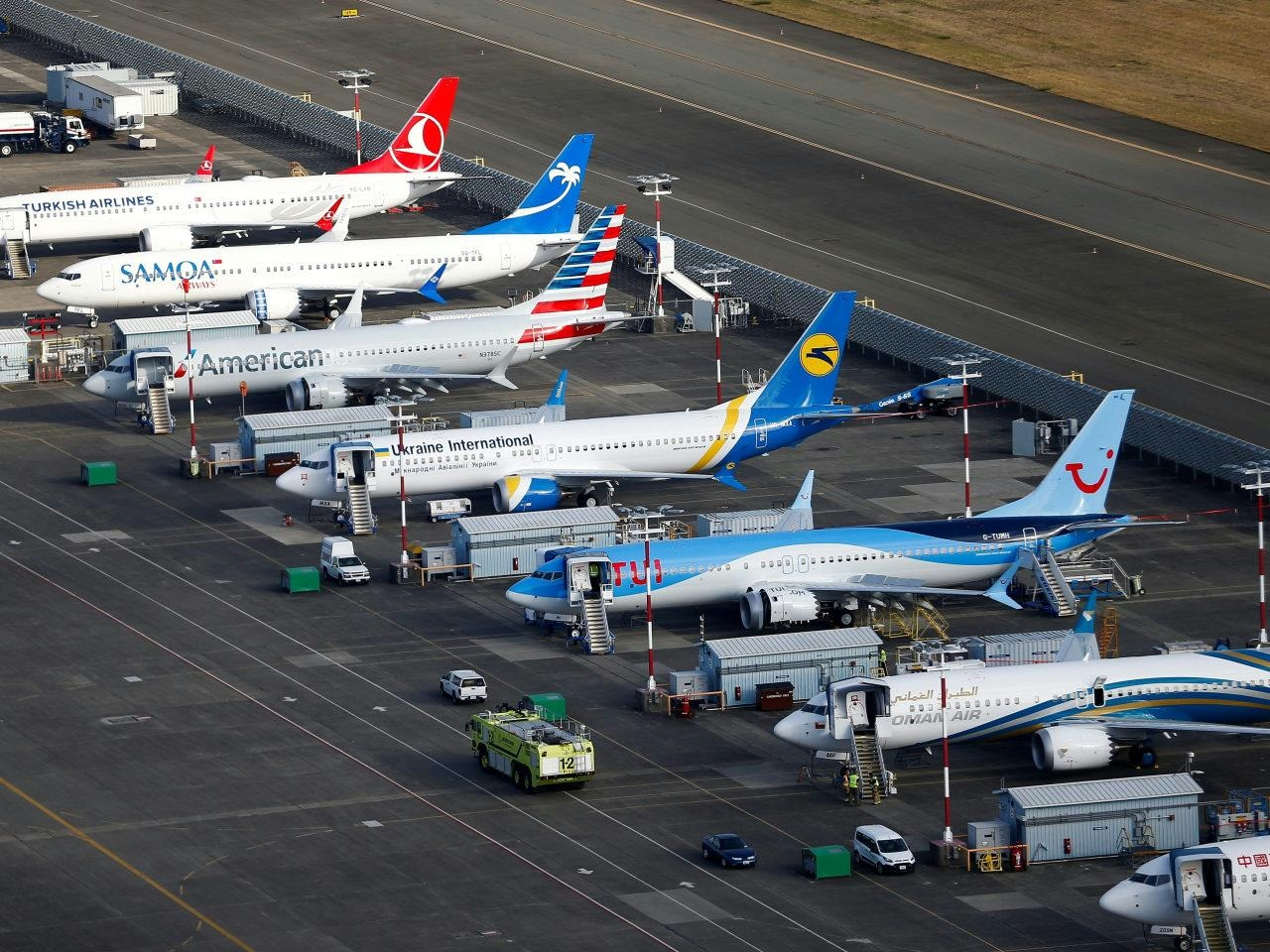
Oman Air Grounds Aircraft and Revises Flight Schedules Due to Supply Chain Delays
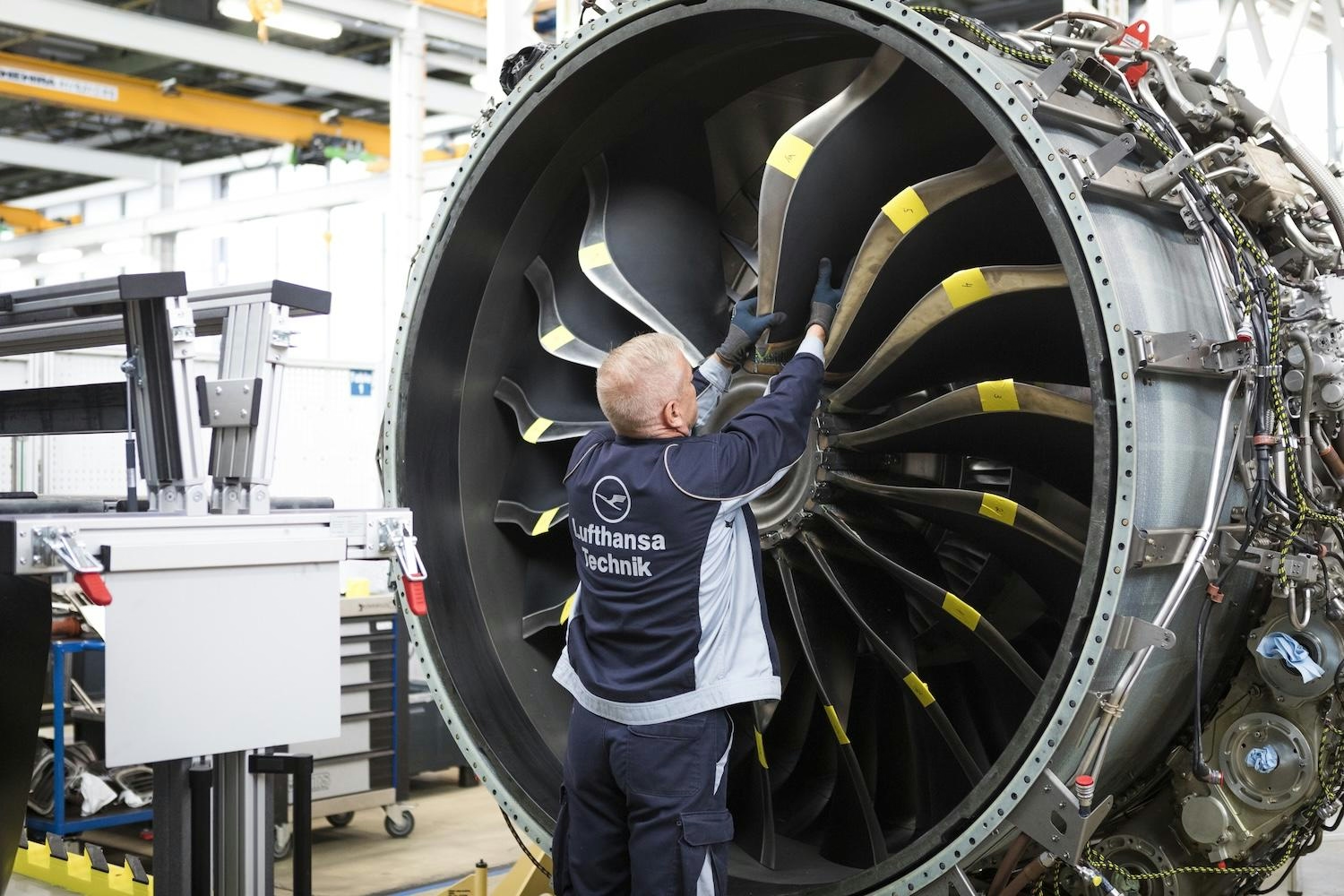
Lufthansa Technik Secures Extended Maintenance Contract with Marabu Airlines

Industry Leaders Convene at PAM Dublin to Advance Predictive Maintenance
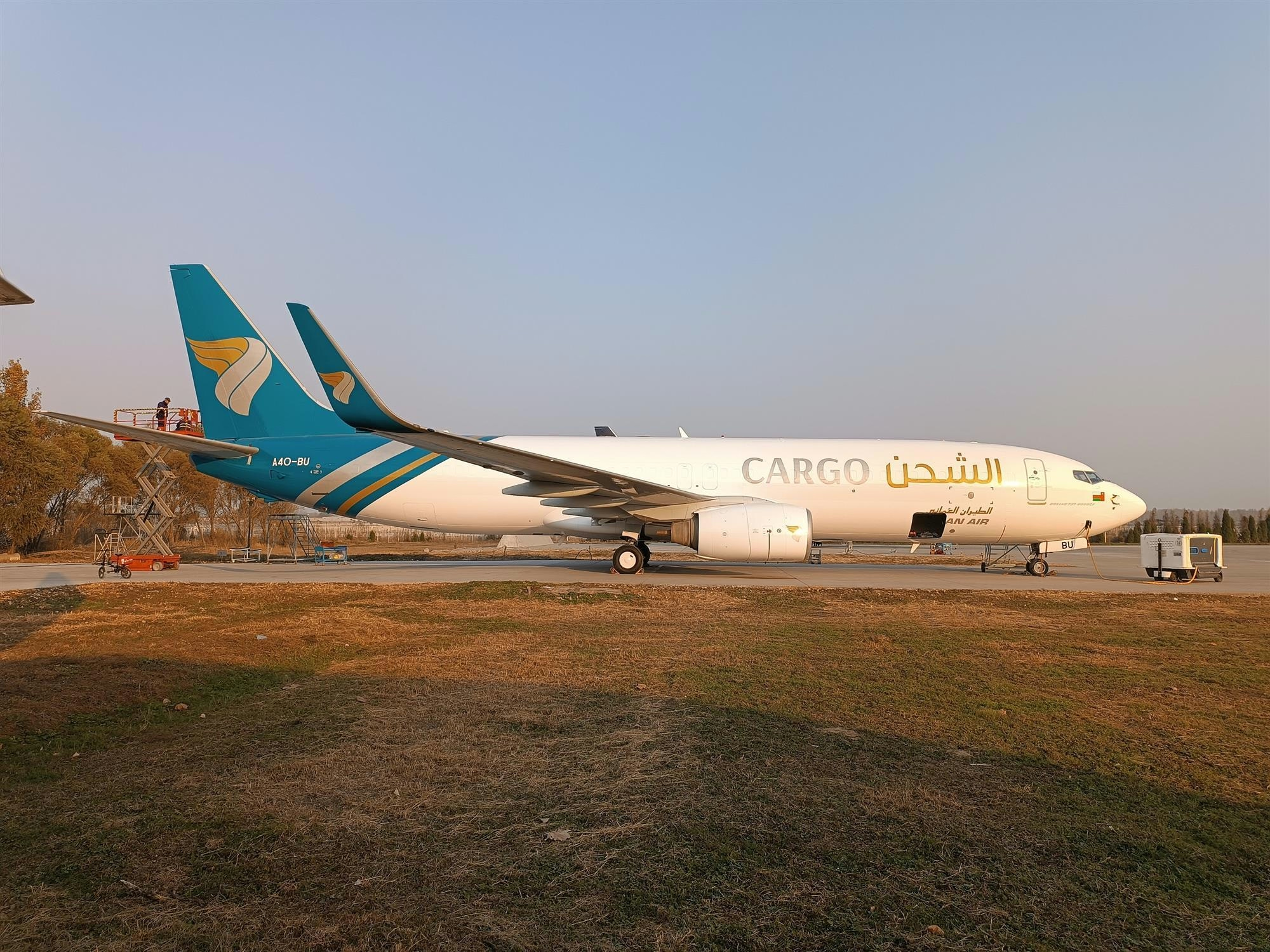
Oman Air Adjusts Flight Schedules Due to Global Supply Chain Disruptions

Qantas to Open Product Innovation Centre in Adelaide Focused on AI and Digital Transformation
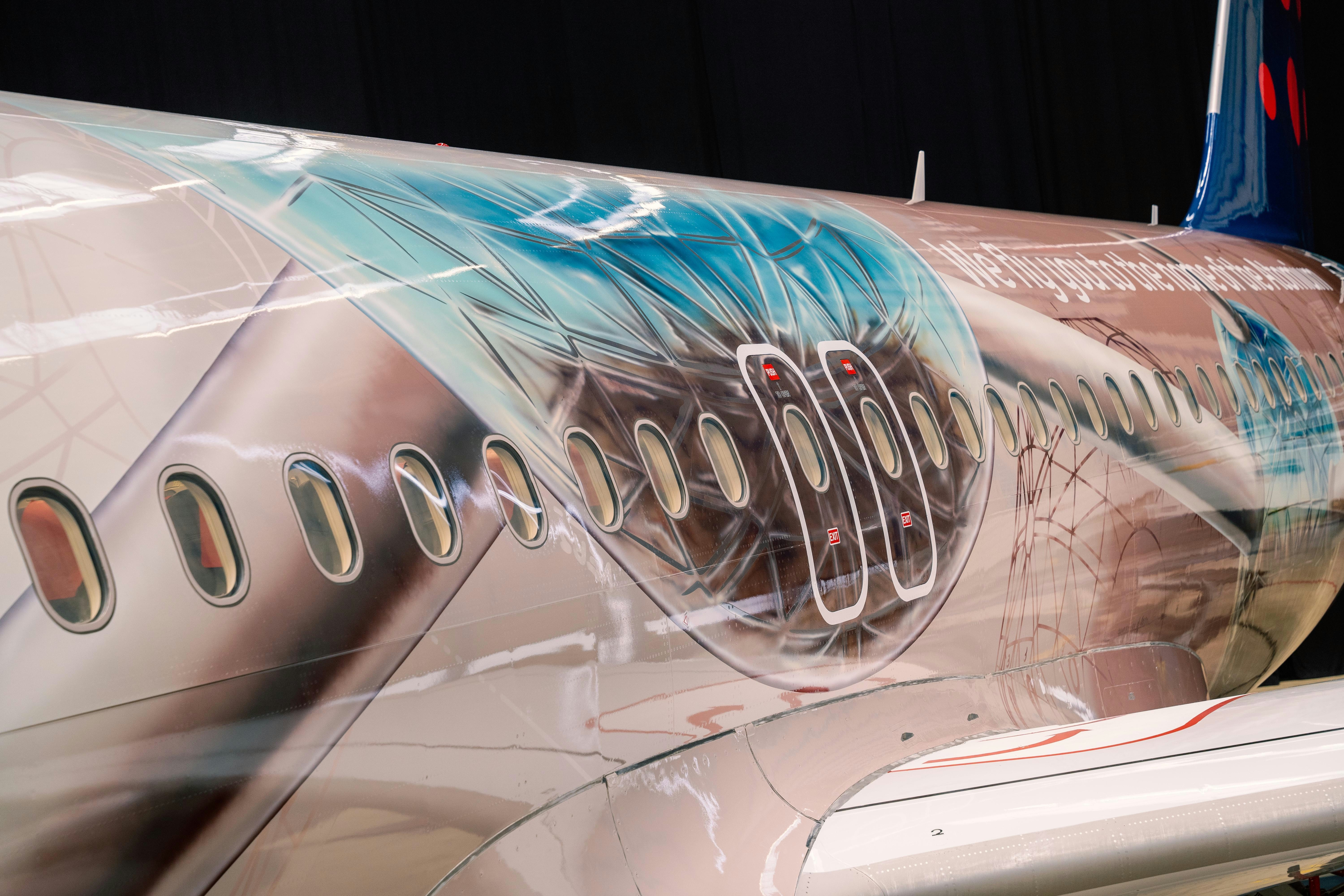
Passing the Baton: Hamburg Aviation Enters a New Era of Innovation
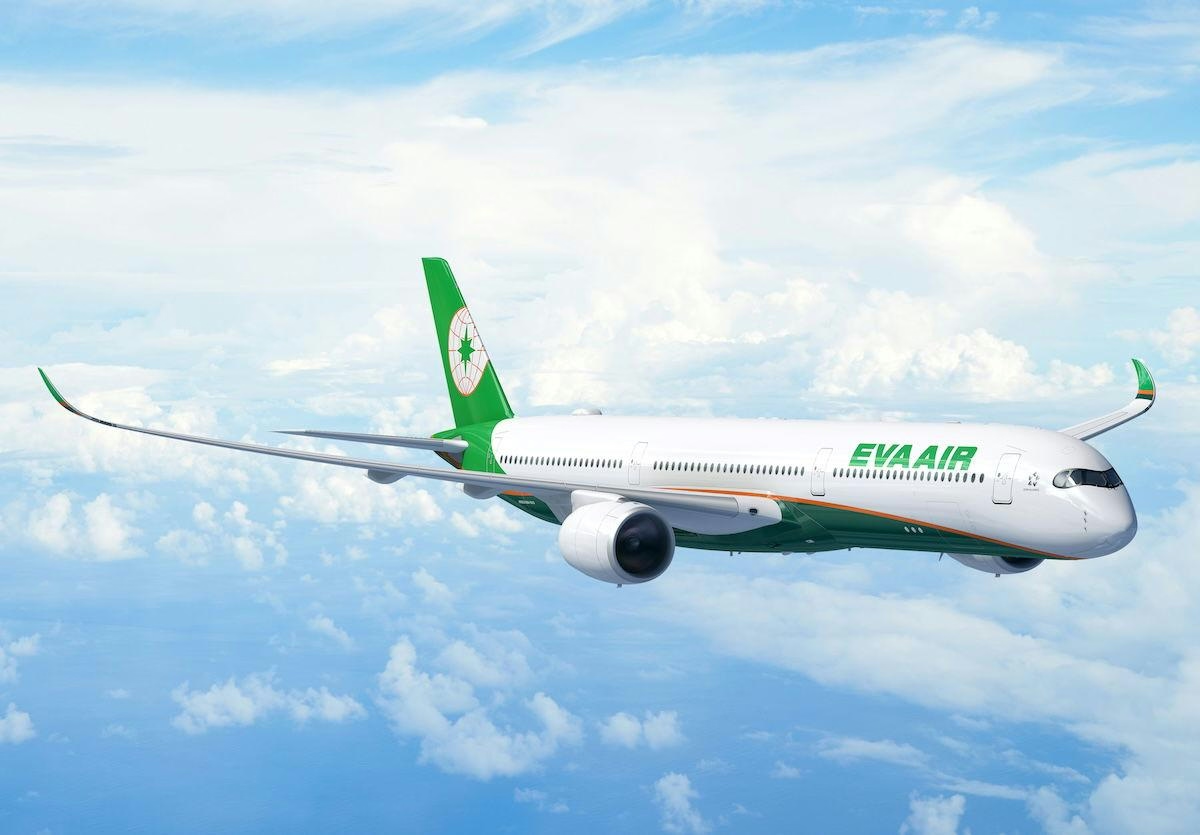
Potential New Order for Airbus A350-1000

LA Olympics to Use Air Taxis for Transporting VIPs, Fans, and Staff
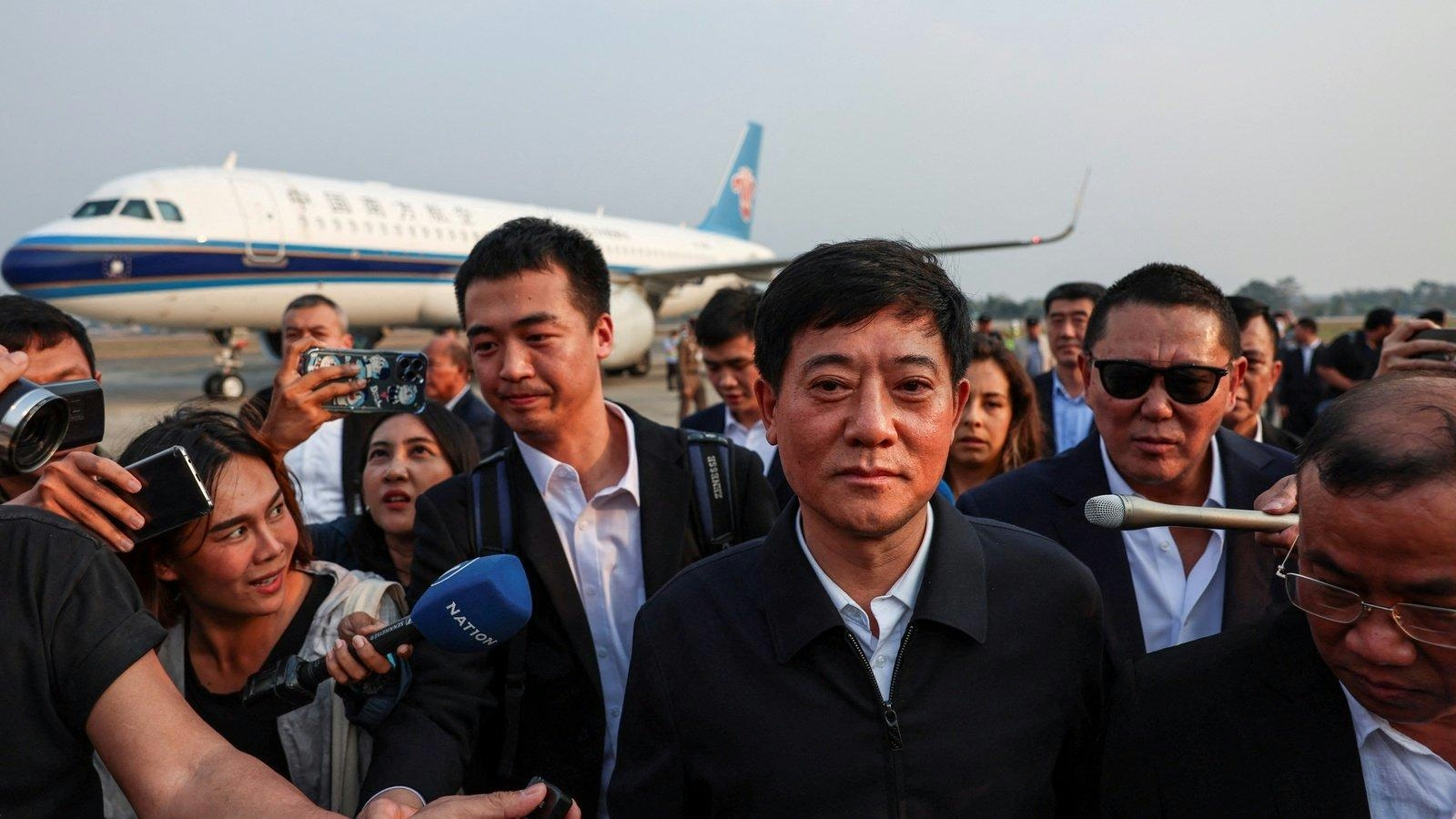
Asia Pacific Airlines Annual Assembly 2025 in Bangkok Addresses Supply Chain and Workforce Challenges
